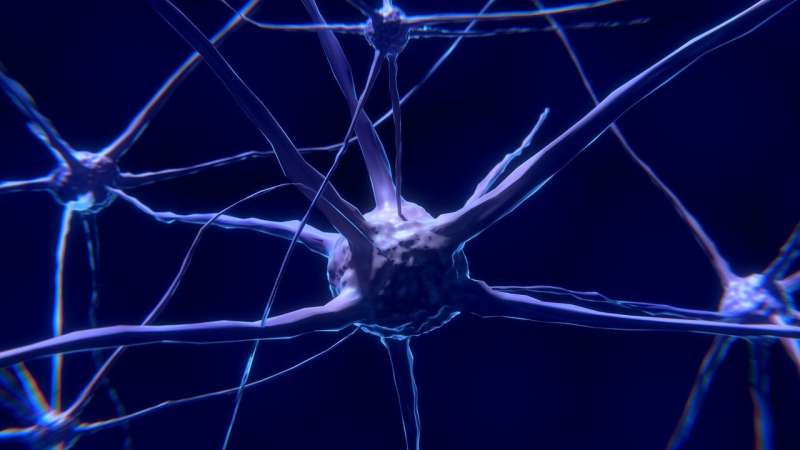Scientists shed new light on neural basis of tremors

New insight on what happens in brain cells to cause tremors in mice has been published today in the open-access journal eLife.
Uncontrollable movements called tremors are common and debilitating, but scientists have previously struggled to pinpoint their exact cause. The new study reveals the neural activity behind tremors, and suggests that targeting deep brain stimulation (DBS) to the cerebellum can help treat the condition. DBS is a technique used to treat movement disorders in patients who do not respond well enough to medications.
"While abnormalities in different brain cells in the cerebellum, particularly Purkinje cells, have previously been associated with tremors, it wasn't certain if and how Purkinje cells cause this condition," says lead author Amanda Brown, a graduate student in the Department of Neuroscience at Baylor College of Medicine in Houston, Texas, US.
To investigate this further, Brown and her colleagues studied mice with Purkinje cells that were unable to signal correctly. They then treated the mice with a drug that usually causes tremors and found that the animals did not develop the condition.
Next, they administered the drug to healthy mice and measured what happened in their Purkinje cells. They found that the animals' tremors coincided with abnormal bursts of activity in these cells. Using a technique called optogenetics, the team recreated these abnormal bursts in the Purkinje cells in untreated, healthy mice and found that this also led to tremors.
Finally, they showed that targeting DBS to the cerebellum where Purkinje cells are located could stop tremors in mice treated with the tremor-inducing drug. "DBS that targets part of the brain called the thalamus, which receives messages from the cerebellum, is already used to treat movement disorders in people," Brown explains. "But these findings highlight the cerebellum as a more direct potential target."
"Our study hints at a potential treatment option to reduce or curb tremors and other movement disorders involving the cerebellum," adds senior author Roy Sillitoe, Associate Professor of Pathology at Baylor College of Medicine. "Our next step is to explore whether cerebellar deep brain stimulation works as well in humans with tremors as in mice."
More information: Amanda M Brown et al, Purkinje cell misfiring generates high-amplitude action tremors that are corrected by cerebellar deep brain stimulation, eLife (2020). DOI: 10.7554/eLife.51928
















